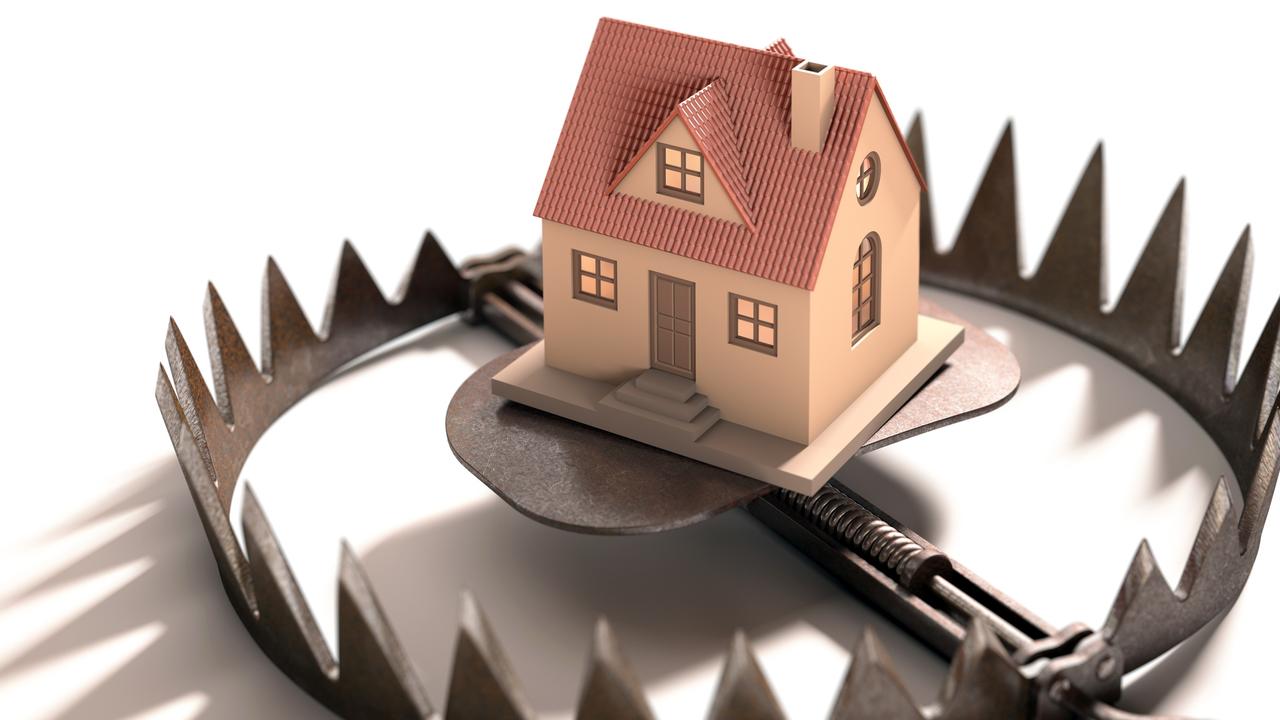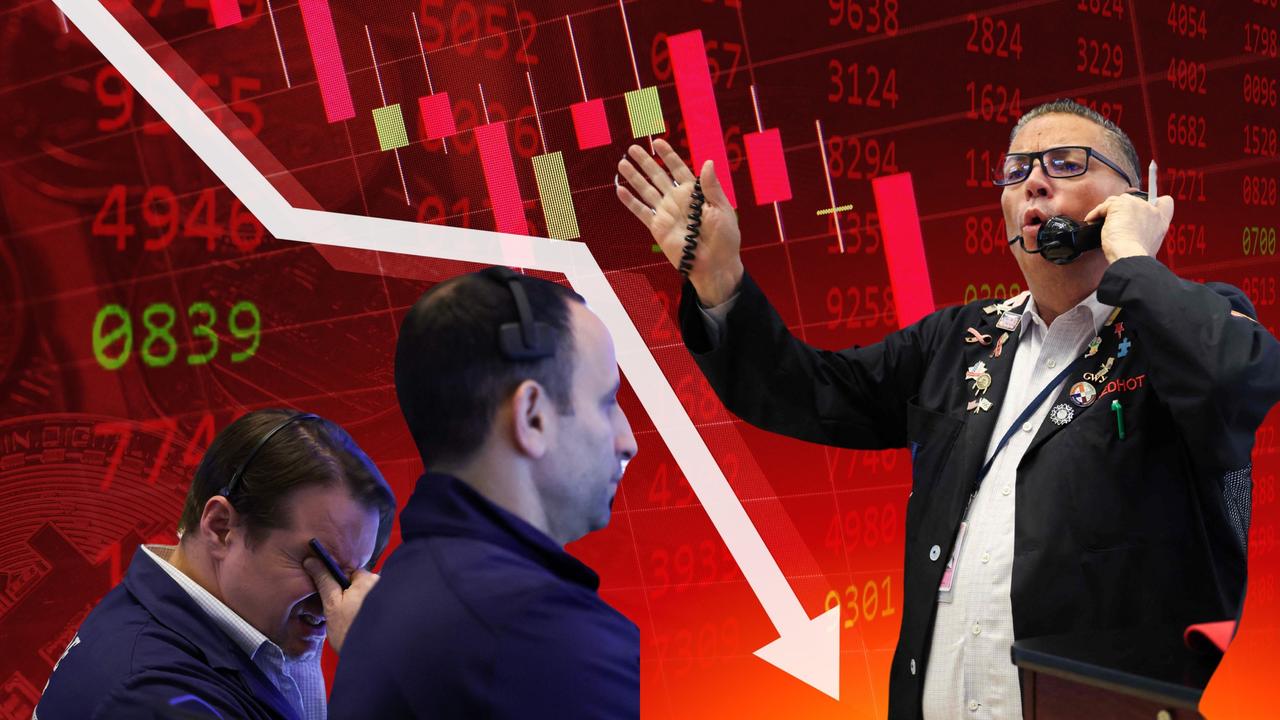Are you your own worst enemy?
TO be successful as investors across the long haul, we mortals must overcome some big obstacles.
TO be successful as investors across the long haul, we mortals must overcome some big obstacles.
Some of these are obvious: the volume of news and information published daily on companies and the stockmarket presents a daunting challenge for anyone without the luxury of being able to study it full time, and the complexity of modern finance theory seems designed to confound anyone with less than PhD-level qualifications.
The most daunting challenge we face, however, is less obvious. It is the same obstacle that has quietly stood between investors and long-term success for as long as markets have existed: ourselves. There are so many cognitive biases and heuristics that individual investors bring to their portfolio decisions, an entire field of study, behavioural finance, has sprung up.
The insights from this field are clear: the real enemy lies within.
One of the more damaging of our inbuilt biases is our tendency towards optimism.
To illustrate the effect of this, if you were to ask a class of MBA students to rate their income-earning prospects, most would expect to earn more than the average for their class. Similarly, a group of drivers asked to rate their skill relative to others will tend to assess themselves as significantly above average. Few will see themselves as average or below.
I'm not aware of a researcher having asked a group of investors to rate their investing skill relative to others, but I'm pretty sure the outcome would be similar: a surplus of investors with uncanny ability.
This inherent optimism affects the way we analyse our successes and failures.
Investment outcomes are always a mixture of luck and skill, and when we review those outcomes it is easy to see successes as a result of our skill, and failures as the product of bad luck, brought about by some external agency.
The only way to really gauge your investing skill is to properly account for a large number of decisions across an extended period and measure performance against some objective yardstick.
This is a lot of work, and I expect very few individual investors would go to this effort. It seems safe to assume, then, that many investors are subtly and inadvertently sabotaging their long-term prosperity by continually making suboptimal investment decisions. Across a lifetime, this can add up to a large difference in terms of retirement wealth. How can you avoid this trap and improve your prospects for a comfortable retirement? Do what the professionals do: take a sheet of paper and properly document your investment process. Identify and describe what it is that will allow you to compete against all of the investors taking the opposite sides of your buy and sell decisions.
Some of the important topics to address include:
What are your objectives? Think about what return you are trying to earn, and how much risk you are willing to bear to achieve it. Think carefully about this second point, and know in advance how you will respond when a bad-case scenario arrives, as it probably will.
What is your edge? Clearly articulating your source of advantage and where you will apply it is perhaps the most important part of the exercise. As Warren Buffett put it in his 1996 shareholder letter, "You only have to be able to evaluate companies within your circle of competence. The size of that circle is not very important; knowing its boundaries, however, is vital."
If you have an interest in studying financial statements to find insights others have missed, that's great. However, if you are relying on media commentators, brokers, acquaintances or taxi drivers for tips, this topic may need more work.
How will you manage your portfolio? Position sizes should be part of a plan; they shouldn't be defined by whatever cash you happen to have at the time. Consider how long you will hold positions and how often you need to rebalance your portfolio. Rebalancing once a year is fine. Rebalancing once a lifetime is probably not enough.
Once you've done all that, consider tracking your investment performance across time to see how you perform. This takes a bit of work, but doing so will help you to stay realistic on what can be achieved and perhaps identify aspects of your plan that need improving.
This sounds like a lot of work - and it is - but there's a lot at stake. In the long run, getting the most from your investments is well worth the effort.
A word of caution, however: if you do this properly you may come to the conclusion that the best course of action is to fire yourself.
Roger Montgomery is the founder of Montgomery Investment Management and the author of Value.able: How to Value the Best Stocks and Buy Them for Less Than They're Worth.



